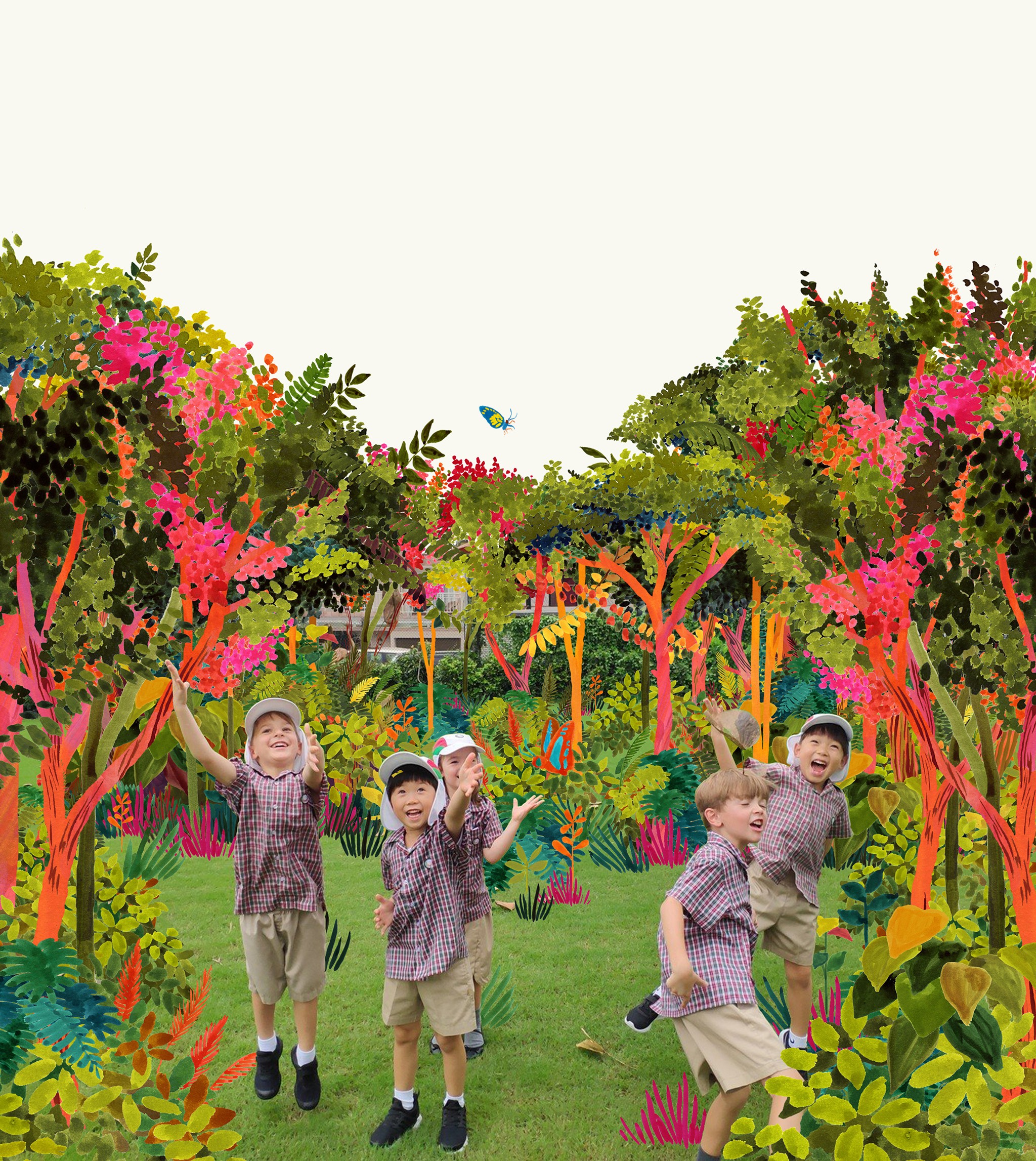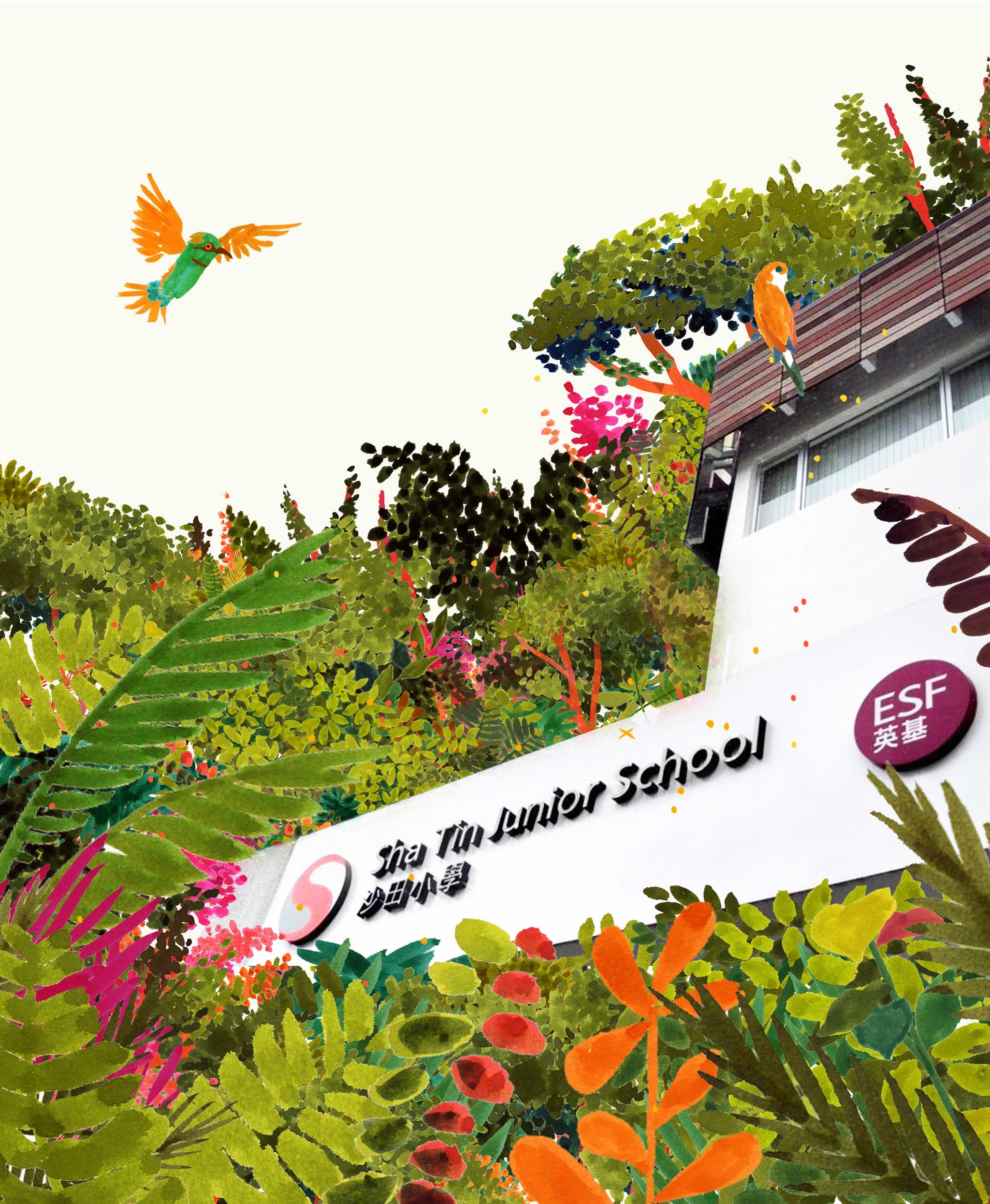WEEE · Park Forest
Cultivating circles of biodiversity.
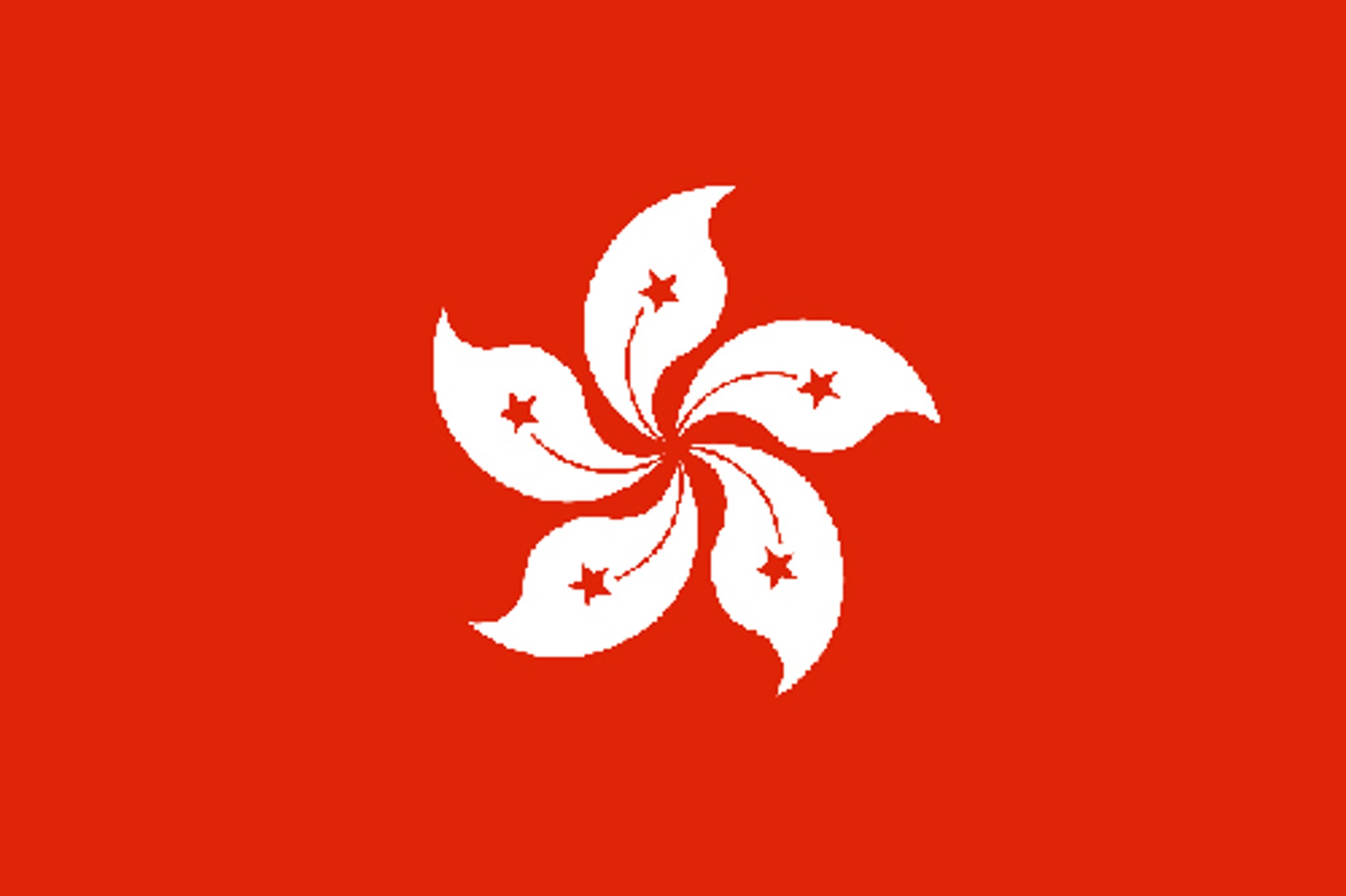

0
Trees
0
Square Meters
0
Native Species
In the bustling and dynamic city of Hong Kong, an exciting and visionary project has taken shape to create a pocket forest within an e-waste recycling facility. The implementation of the Miyawaki Method is at the heart of the project; an approach that is particularly well-suited for urban environments like Hong Kong.
By planting WEEE · Park Forest, we anticipate not only the creation of a thriving green space but also tangible benefits such as improved air quality, biodiversity enhancement, and the reduction of urban heat island effects.
The pocket forest will serve as an educational and inspirational resource, encouraging community engagement in sustainable practices and environmental stewardship.
Forest Maker
Camilla Zanzanaini

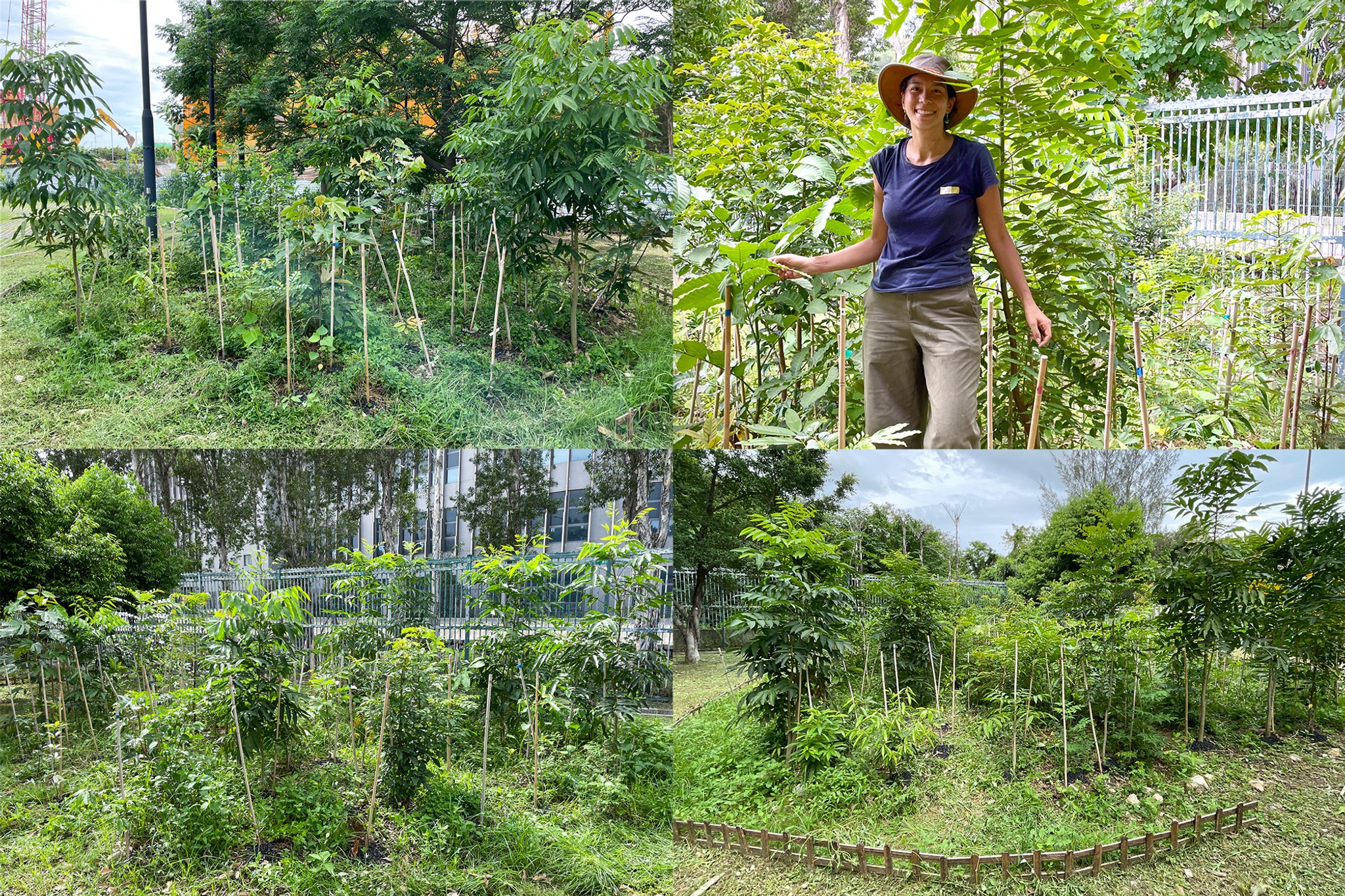
Forest Partner


Forest Design
WEEE Park Forest is located at the periphery of WEEE Park, an e-waste recycling plant, capitalising on available open spaces totalling approximately 170 square meters. The chosen site will be organised into 5 circular planting areas, strategically designed to minimise disruption to existing trees and maximise the impact of the new forest ecosystem.

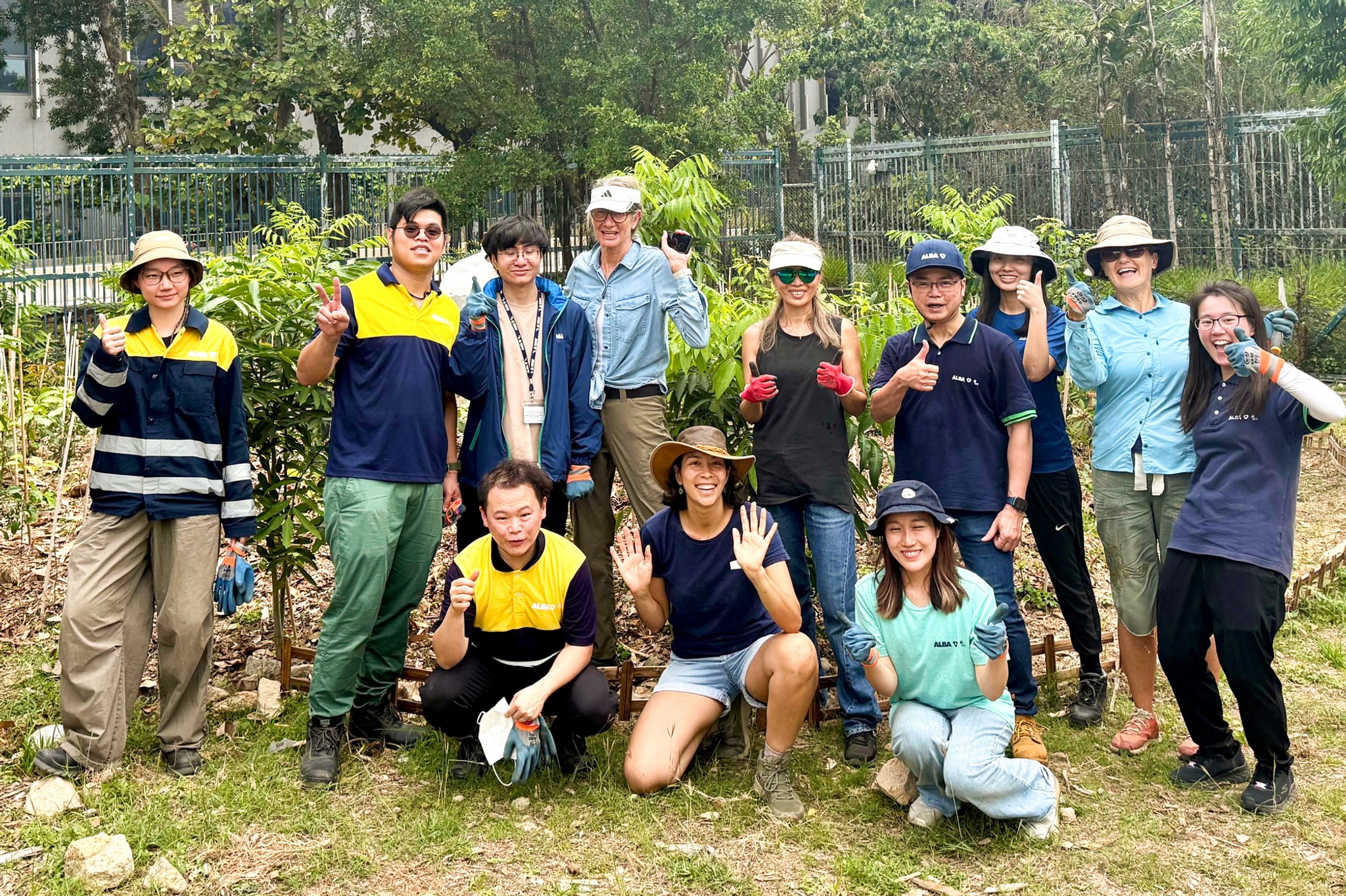
Forest Report:
Replanting - April 2025
- 1 of the 5 circles wasn’t growing well, so it was replanted in May 2025.
- 100 saplings from 17 different species were planted in two hours.
- 6 of these species are new to the site, bringing the total number of planted species at the site to 48.
- Over 30 new native tree saplings have naturally appeared.
- New naturally occurring species include Macaranga (Parasol Leaf Tree), Mallotus (Turn-in-the-wind), and Chinaberry. Some of these may have grown from scattered seeds.
- The forest is doing well overall - the current survival rate is 82%, and the tallest trees are now approximately 2 meters tall.
- Weeding in early 2025 focused on removing grass.
- Beneficial undergrowth species now include wood sorrel, amaranth, asthma plant, and purslane.These plants are ‘beneficial weeds’ that help enrich the soil and provide a buffer until natural leaf litter develops.
- A significant jump in growth is expected over the summer.
Forest Report: June 2025
The five forest circles are now 1 years old!
The trees are growing nicely and we now have a few trees that are over 4m tall (Sapindus saponaria species) and others that are fruiting already (incl. the precious Incense Tree — Aquilaria sinensis). There are also many others that are over 2m tall, while the average forest height is closer to 1.3~1.5m. Circle 2 is doing the best if you want to see it as an example.
The 100 trees we added in April are also in good condition, with only 1 sapling looking a bit droopy (and may not make it...we still have to see).
We have also marked over 20 new native tree saplings that have come to the forest on their own, including some Bauhinia trees, Sesbania and typical pioneer species such as Macaranga, Mallotus and several Ficuses (fig family).
This suggests the conditions of the soil are welcoming to other native species, which we can see also by the immense increase in insect species. The circles are full of bees, stink bugs, leafhoppers, spiders, black soil beetles, millipedes, earthworms, butterflies, robber flies and even a Citrus longhorn beetle (see photo).
We also spotted a lizard and a used bird's nest — suggesting that a bird family was successfully raised in Circle 5.
The weeds are starting to grow rampant again with the weather, but due to the hardworking gardeners over the last year, we have much less grass and more diversity, including beneficial weeds and some unusual species like wild cucumbers and Physalis angulata — edible Groundcherries (see photo), which are good for wildlife; so we will concentrate on weeding around the base of the tree saplings to ensure growth, while allowing the rest of the weeds to act as protection for bare ground.
All in all, good news!
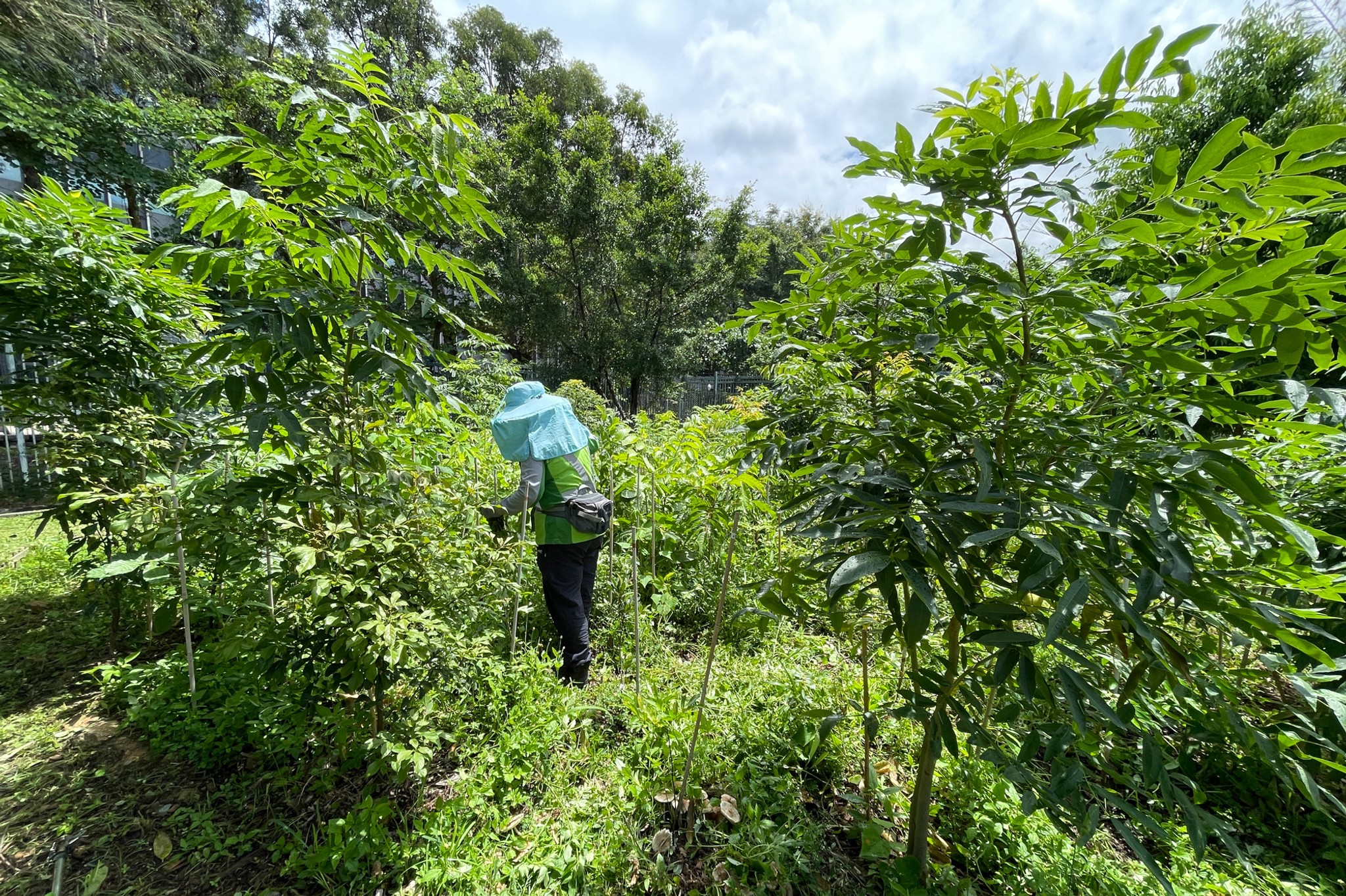
Biodiversity Notes:
Planting: June 2024

“Through this initiative, we envision a greener and more sustainable Hong Kong that enjoys and appreciates the beauty and ecological significance of native forests within an urban landscape.”
- Camilla Zanzanaini, Founder of Nature Makers Lab































